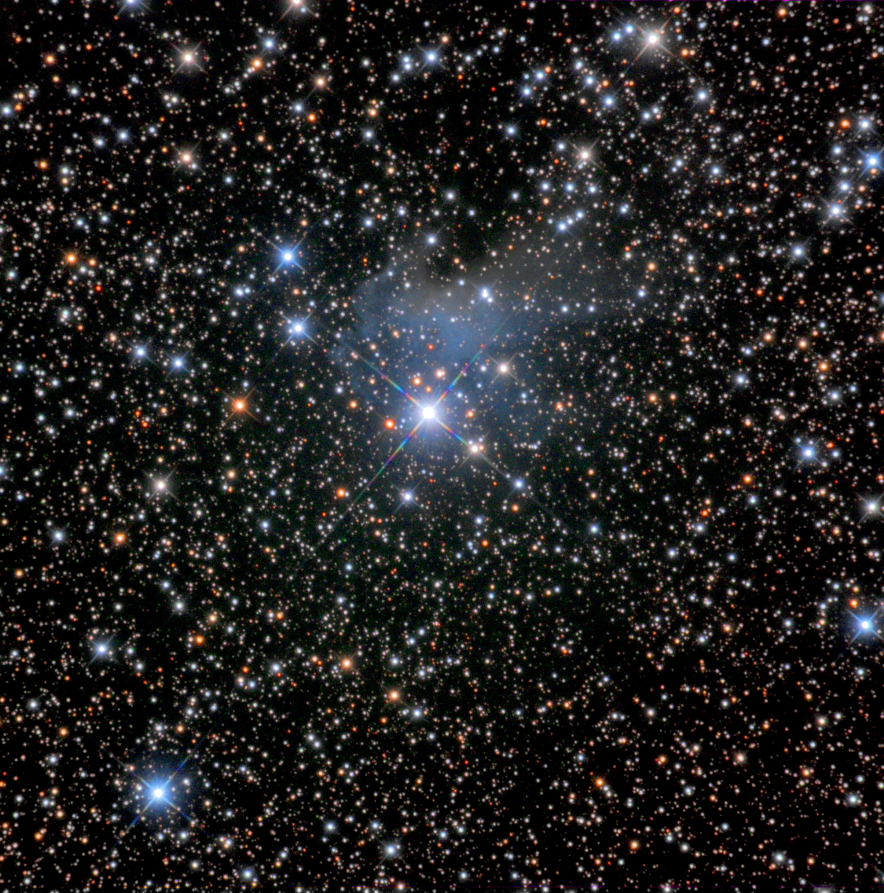Please click on each image for best viewing; please click on the link below the
image title for more information about the image. Thank you!
_____________________________________________________________________________
<- Previous submissions
NGC 281 in Cassiopeia
http://hwilson.zenfolio.com/img/s9/v15/p479455895-6.jpg
Copyright: Hunter Wilson Dust Cirrus in Octans
Copyright: José Joaquín Pérez
[attachment=1]Octans_dust_2.jpg[/attachment][/i]
IC 5070: Pelican Nebula Bi-color
http://www.stern-fan.de/Seiten/galerie_ ... color.html
Copyright: Rolf Geissinger
[attachment=2]IC5070-Pelikan-Bicolor-1600.jpg[/attachment][/i]
M8 (Lagoon Nebula), M20 (Trifid Nebula), M21, IC 4685, IC 1274, LBN 105-6, vdB 115 in Sagittarius
http://starrysite.com/pliki/galeria/duz ... rysite.jpg
Copyright: Bogdan Jarzyna
[attachment=0]Sagittarius.jpg[/attachment][/i]
NGC 7217
http://www.caelumobservatory.com/gallery/n7217.shtml
Copyright: Adam Block IC5076 Reflection Nebula
http://www.starkeeper.it/IC5076.htm
Copyright: Leonardo Orazi Sun Crossing the Meridian Line in Rome
http://www.aquila-asso.org
Copyright: Jean-François Consigli
At the beginning of the eighteenth century, Pope Clement XI (1649-1721) commissioned Francesco Bianchini (1662-1729) to build a meridian line within the basilica to check the accuracy of the Gregorian reformation of the calendar (1582).
The sun shines through a small hole in the southern wall to cast its light on the meridian line each day (aperture gnomon).
Text source
<- Previous submissions







